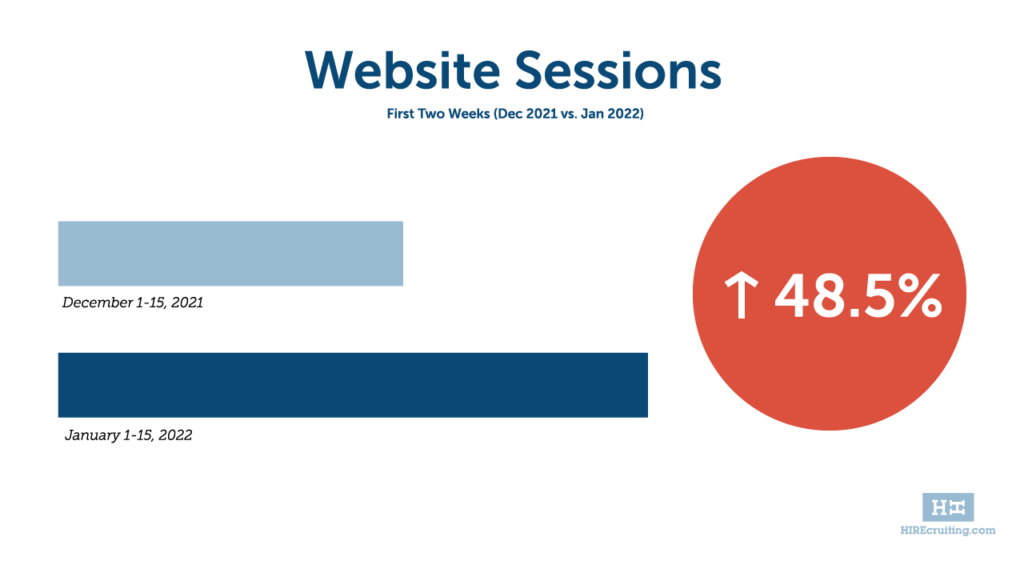Top 3 Skills You Need to Land a Job in 2022
Are you thinking about starting up your job search this year? The pandemic has changed the job market forever. Many companies are offering remote and hybrid work options. This shift in how we work has changed the skills that employers prioritize in candidates.
Read along to find out what skills employers find most valuable, and how job seekers can showcase them.
Time Management
The most sought out candidates are the ones who can prove they take initiative, have the ability to distinguish between good and bad ideas, and can debrief a project. Employers need people that they can rely on to get projects done independently.
To showcase this skill, highlight specific examples where you took a leadership position to complete a project.
Another way to show employers that you have effective time management skills is to communicate your dependability. How do you handle falling short on a task? Did you blame others, or did you acknowledge the failure and continue to move forward to reach your goal?
Effective Communication
In a study of over 5 million job descriptions, communication skills was cited most often. Clearly, communication is key. If you fail to show a potential employer that you are an effective communicator, it could be a red flag for managers who are trying to fill remote and hybrid positions.
When applying to remote and hybrid jobs, be sure to note any communication software that you have worked with in the past.
If you have never used the specific communication software that the company utilizes, prepare by reviewing some online tutorials or YouTube videos before your first day.
Tech-savviness
Modern technology saved the job market when the pandemic hit. Employers now rely on numerous software platforms to function on a daily basis. If you are applying for remote or hybrid jobs, you need to have proficient skills in a wide range of programs such as Zoom, Microsoft Office, Google Suite, Slack, etc.
For the not-so tech-savvy individuals, there are countless tutorials on the internet to help get you caught up to speed. Websites such as YouTube, LinkedIn, Udemy, and Coursera offer free to low-cost courses on a variety of topics. The more you interact with technology on a daily basis, the more you will become familiar with it.
Final Thoughts
In the past, different jobs prioritized different skillsets. That still holds true today, but not on the surface. Remote jobs all require the same skills to a certain degree. The best way to plan for applying to jobs in 2022 is to stay on top of the skills employers are looking for.
Learn more about how remote work is reshaping today’s workforce.
Want job market updates right in your inbox? Sign up for our monthly newsletter!











